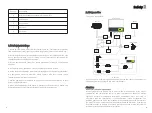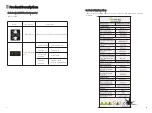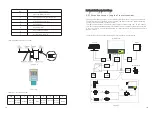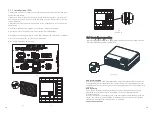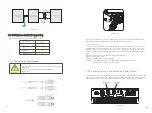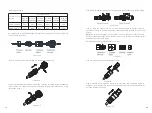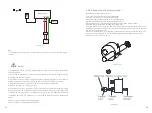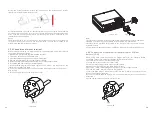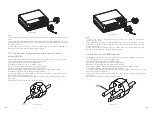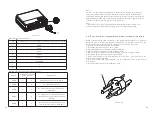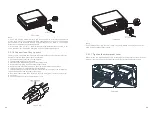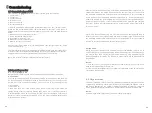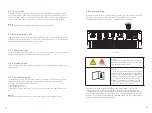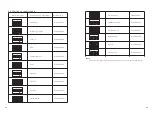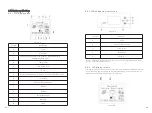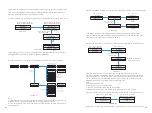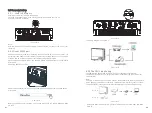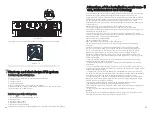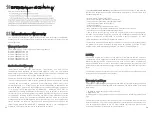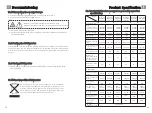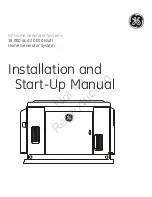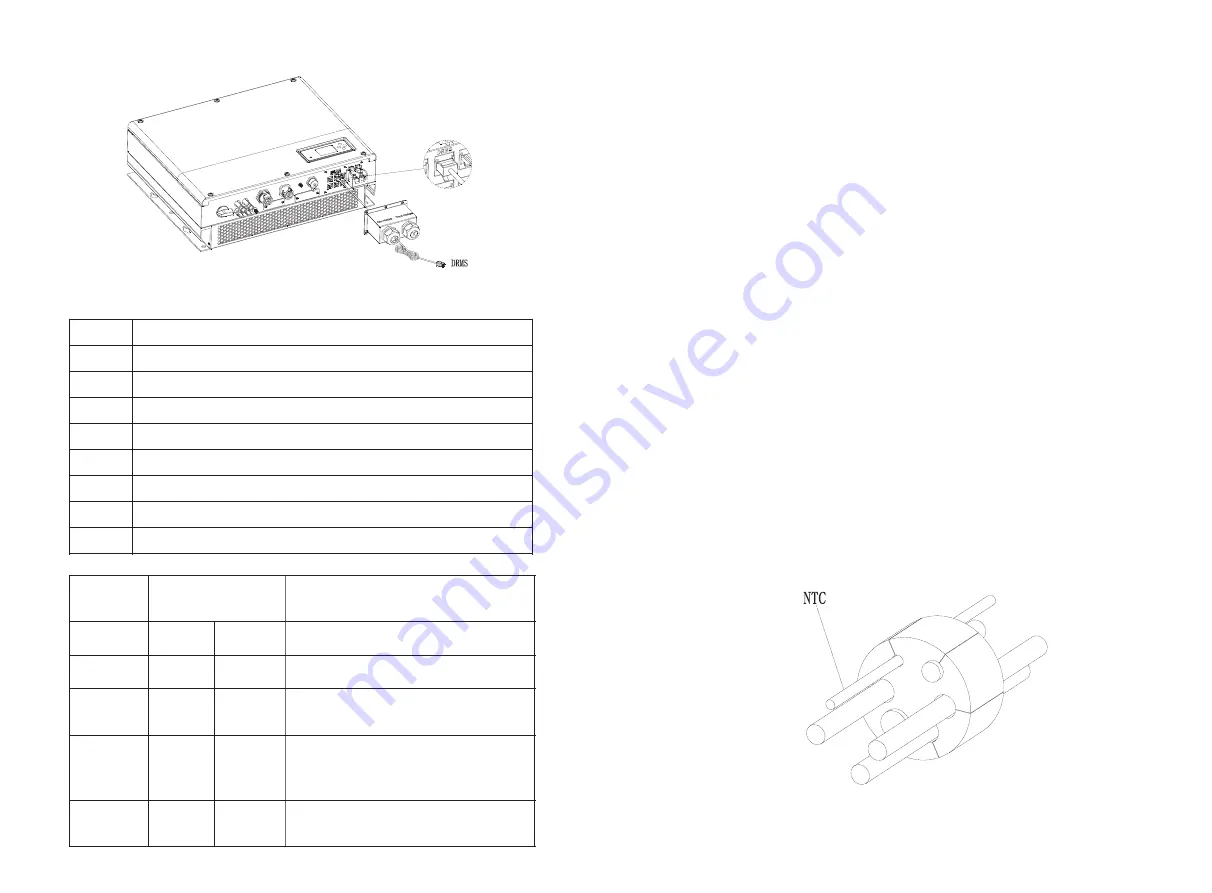
Chart 5.41
RJ45 terminal pin assignment
MODE
RJ 45 socket asserted
by shorting pins
Requirement
DRM0
5
6
Operate the disconnection device
DRM5
1
5
Do not generate power
DRM6
2
5
Do not generate at more than 50% of
rated power
DRM7
3
5
Do not generate at more than 75% of
rated power and sink reactive power if
capable
DRM8
4
5
Increase power generation (subject to
constraints from other active DRMs)
Method of asserting demand response modes
PIN
Assignment for inverter scapable of both charging and discharging
1
2
3
4
5
6
7
8
DRM5
DRM6
DRM7
DRM8
RefGen
COM/DRM0
/
/
31
32
Note:
If the cable such as “NTC” (lead-acid battery temperature sensor) cable is not
used, please do not remove the filler plug from the cable support sleeve.
Note
:
For
UK
:
This
equipment
is
equipped
with
RJ45
terminal
for
logic
interface
that
being
received
the
signal
from
the
DNO
,
the
connection
should
be
installed
per
installation
manual
,
and
the
signal
should
be
a
simple
binary
output
that
captured
by
RJ45
terminal
(
PIN
5
and
1
for
detecting
the
signal
).
Once
the
signal
actived
,
the
inverter
will
reduce
its
active
power
to
zero
within
5s
.
5.5.9 Connection of temperature probe for lead-acid battery
When customer using lead-acid battery, the temperature probe of the lead-acid
battery is used to detect the ambient temperature of the lead-acid battery, the
battery temperature cable of the SPH side connection steps are as follows:
1.Unscrew the swivel nut from the cable gland.
2.Thread the swivel nut over the “NTC” cable.
3.Press the cable support sleeve out of the cable gland.
4.Remove the filler plug from the cable support sleeve.
5.Route the “NTC” cable through a min opening in the cable support sleeve.
6.Thread the “NTC” cable through the cable gland.
7.Insert the RJ45 plug of the network cable into the “NTC” pin connector on the
inverter until it snaps into place.
8.If no other cables need to be installed, lock the waterproof cover to the inverter
with screws.
9.Screw the swivel nut onto the waterproof cover.
Chart 5.42

